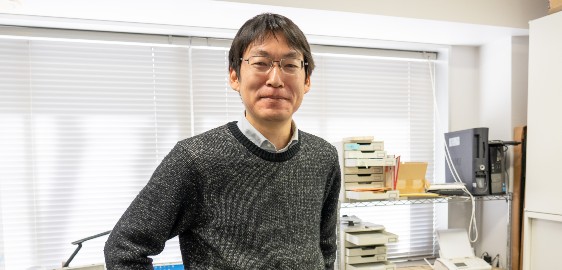Message
What is the most meaningful study to develop the technologies for the future society? That was the reason why I started to learn materials science. In the world of electron devices, “things we hope to do" are changing to “things we can do” every day.
I majored in chemical engineering because learning chemis-try seemed necessary to understand the technology for the benet of our society, such as the technologies for environ-mental conservation and efcient usage of energy. After graduation, I started to work with a professor leading the cutting-edge research on electron devices with in-depth knowledge of physics. While I kept struggling to pursue his many creative ideas, I nally found my way to come to where I am today. Today materials science provides one of the keys for develop-ing advanced electron devices. In this research eld, special-ists in materials science are not the majority, so I always feel I am responsible for the role to clarify the technological issues in device physics from a perspective of materials science. In those researches, we cannot nd a solution without repeat-ing trials to test our various ideas over and over again. That is how future technology develops. We should enjoy such struggling to keep moving the technology forward.















